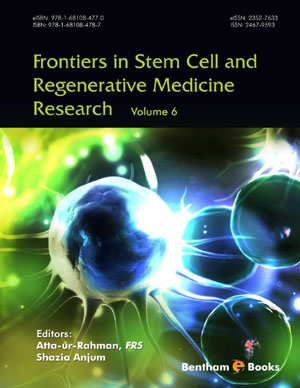Abstract
The skeleton has the vital role of providing support and protection to all body organs, as well as to function as storage system for ions and other components essential to its homeostasis, also presenting essential function in the movement and posture of the individual. Bone fractures are a fairly common situation affecting individuals of all ages, but gain importance when concomitant pathologies are present or when the bone lesions’ extension exceeds the tissues’ intrinsic healing capabilities. As such, biomedical research has invested in unveiling adequate therapies to aid in those cases. The tissue engineering field has therefore evolved in the direction of developing biomaterials and scaffolds to structure, support and promote bone ingrowth, and in developing strategies to optimize these biomaterials in vivo performance, by including cell-based therapies and growth factors. Herein, we discuss one promising strategy for the optimization of these hybrid systems, through the association of biomaterials to a specific source of mesenchymal stem cells: the dental pulp stem cells. Dental pulp stem cells can be found in individuals of any age, and can be easily isolated from deciduous and definitive teeth, expanded and cryopreserved for further use. These cells are capable of differentiating towards multiple lineages, presenting great potential for osteo-differentiation. Dental pulp stem cells have been demonstrated to incorporate diverse biomaterial systems and promote mineral deposition both in vitro and in vivo, aiming at the reconstruction of osseous defects, in either experimental or clinical situations. The mesenchymal stem cells from the dental pulp can also be found and isolated from many species other than humans, granting them potential to be implemented not only in human medicine but also in veterinary care practices, and in regenerative strategies for other organs and tissues, such as dental reconstruction and nervous system regeneration.
Keywords: Adult teeth, Animal models, Biomaterials, Bone regeneration, Cell isolation, Cell sources, Ceramic biomaterials, Deciduous teeth, Dental cells, Dental pulp, Dental regeneration, Differentiation, Growth factors, In vitro, In vivo, Mesenchymal stem cells, Nerve regeneration, Stem cells, Tissue regeneration, Tooth.


















